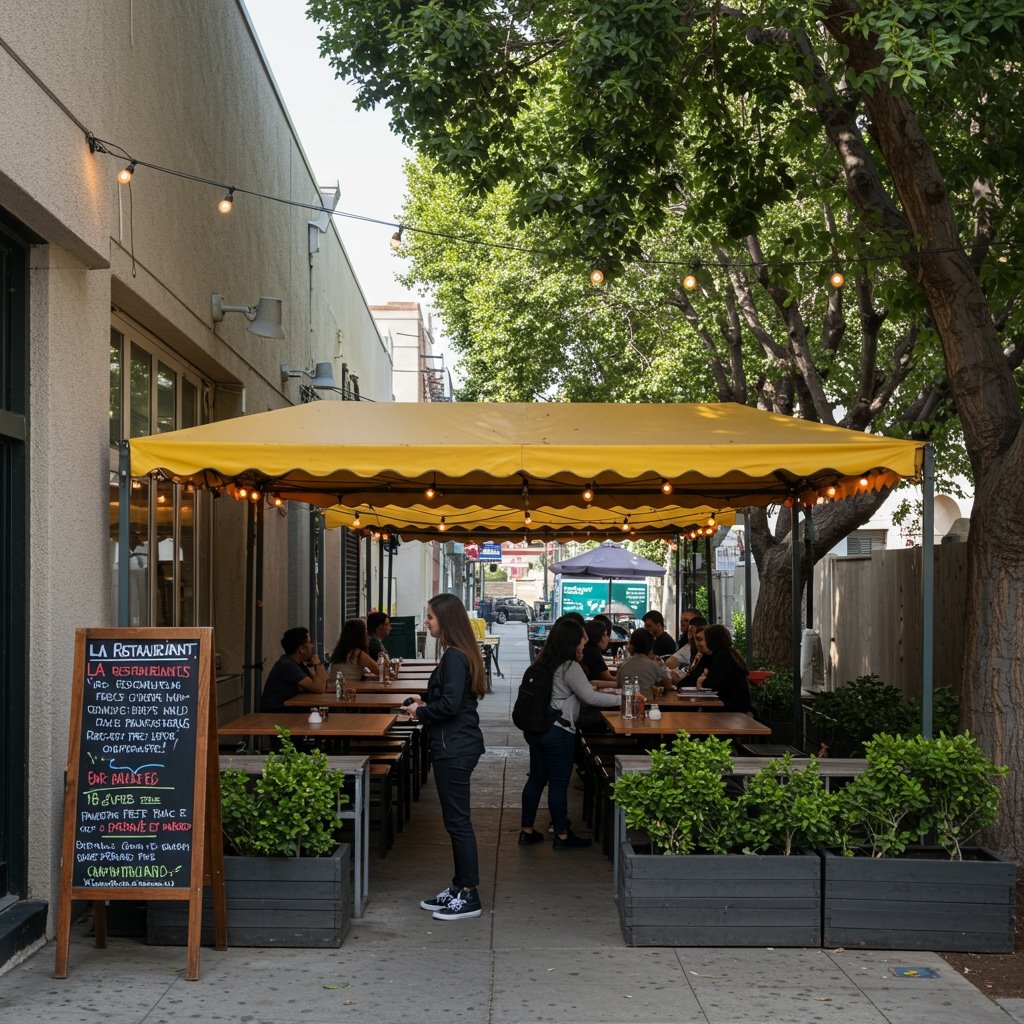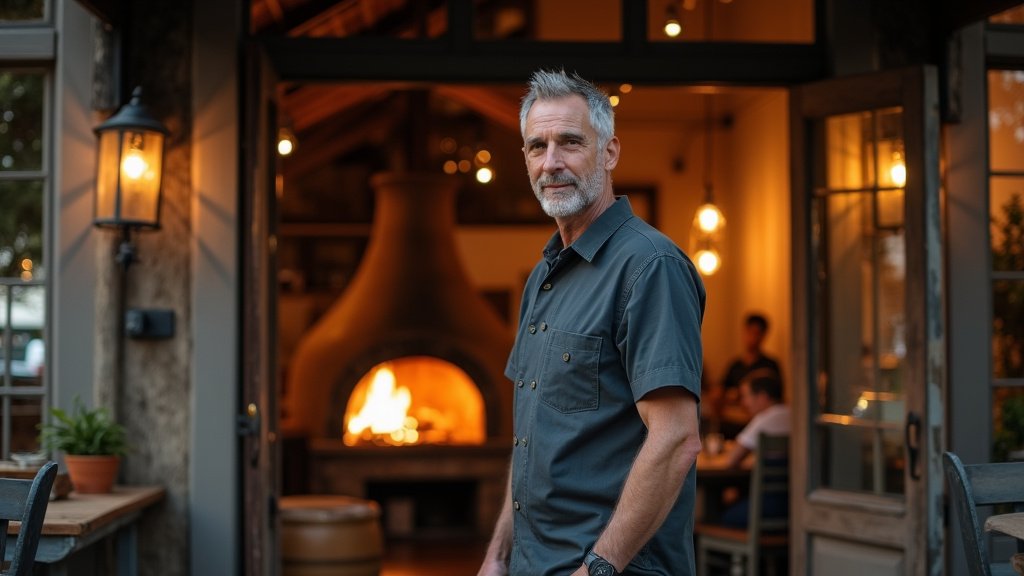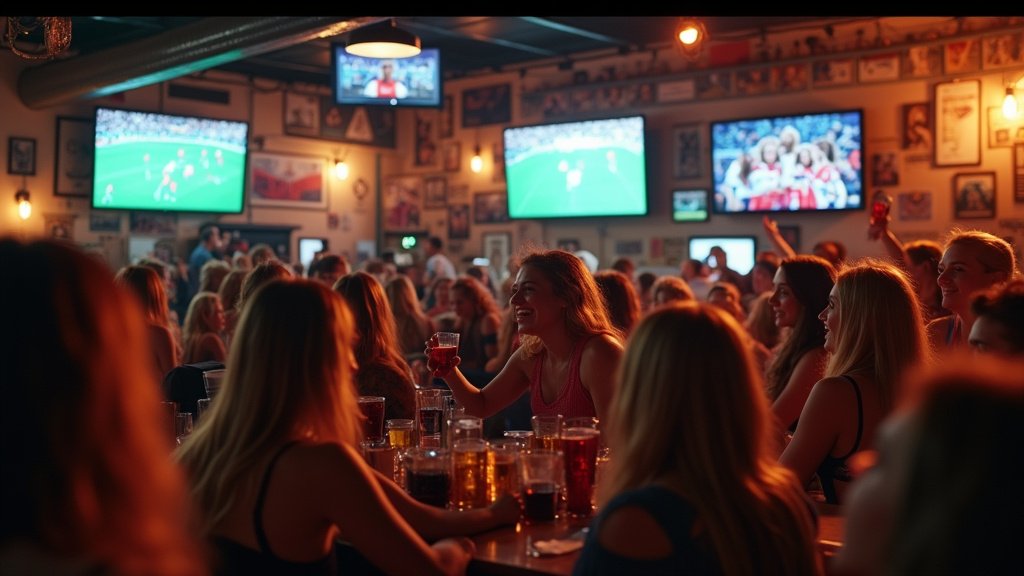Los Angeles, CA – Restaurants across the City of Los Angeles are confronting significant operational and financial headwinds as city inspectors have initiated a heightened enforcement campaign targeting temporary outdoor dining structures erected under waivers during the pandemic.
The crackdown, which began recently, mandates that numerous establishments modify or dismantle existing structures that were vital lifelines for businesses struggling through public health restrictions. City officials state the enforcement is necessary to improve public right-of-way accessibility and uphold safety standards, but restaurateurs argue the timing and scope of the action are causing immediate and potentially devastating challenges.
The Transition from Pandemic Lifeline to Regulatory Target
During the height of the COVID-19 pandemic, the City of Los Angeles, like many municipalities globally, rapidly implemented emergency programs to allow businesses, particularly restaurants, to expand operations outdoors into sidewalks, parking lots, and streets. These initiatives, often utilizing temporary structures ranging from simple fences and umbrellas to more elaborate platforms and enclosures, were crucial for survival when indoor dining was restricted or prohibited.
These programs, such as the LA Al Fresco initiative, were initially welcomed as innovative solutions to keep businesses afloat and employees working. Restaurants invested heavily in building out these spaces, transforming urban landscapes and creating a vibrant, albeit temporary, outdoor dining culture.
However, as public health emergencies have receded, city authorities are now seeking to transition back to pre-pandemic regulatory frameworks, albeit with potential provisions for formalized outdoor dining in the future. The current enforcement wave focuses on structures that do not comply with updated, post-waiver regulations.
City’s Stated Objectives: Accessibility and Safety
The primary justifications cited by the City for the enforcement action are enhancing public right-of-way accessibility and ensuring safety standards. Temporary structures, while beneficial to businesses, can sometimes impede pedestrian flow, block access ramps for individuals with disabilities, or potentially pose safety risks if not constructed or maintained according to building codes and fire regulations.
City officials emphasize that sidewalks and public spaces are intended for use by all residents and visitors, and that the proliferation of unpermitted or non-compliant structures necessitates intervention to restore universal access and mitigate hazards. This perspective frames the enforcement as a necessary step to balance the needs of businesses with the broader public interest and legal requirements, such as those under the Americans with Disabilities Act (ADA).
Inspectors are reportedly evaluating structures based on criteria that were either relaxed or not strictly enforced under the emergency waivers. Compliance now requires adherence to more stringent standards regarding setbacks, materials, structural integrity, and accessibility.
The On-the-Ground Impact for Restaurateurs
The enforcement has created immediate and significant operational challenges for restaurants. Many businesses that invested thousands, or even tens of thousands, of dollars in their outdoor setups are now faced with the prospect of costly modifications or complete demolition. This comes at a time when the restaurant industry is still grappling with fluctuating consumer spending, high inflation, and ongoing labor shortages.
Receiving an enforcement notice typically gives establishments a limited timeframe to achieve compliance. Failure to do so can result in fines or forced removal by the city, adding further financial burden. Restaurateurs report feeling blindsided, or at least distressed, by the swiftness of the enforcement after relying on these structures for so long.
The loss of outdoor dining capacity also directly impacts revenue. For many restaurants, outdoor tables represented a significant portion of their seating and, therefore, their income, especially in densely populated areas where indoor space is limited. Reducing seating capacity directly hinders their ability to serve customers and maintain profitability.
Furthermore, the process of modifying or dismantling structures requires hiring contractors, obtaining permits, and navigating city bureaucracy – all of which are time-consuming and expensive distractions from running the core business.
Financial Strain and Uncertainty
The financial concerns for restaurateurs are manifold. There’s the direct cost of compliance – whether modifying or tearing down and rebuilding. There’s the loss of potential income due to reduced capacity during and after the process. There’s the risk of fines and penalties.
Beyond these immediate costs, there is uncertainty about the future of outdoor dining in Los Angeles. While the city has expressed interest in establishing a permanent outdoor dining program, the current enforcement phase focuses on removing non-compliant temporary structures before a new, comprehensive framework is fully operational and accessible to all businesses.
Business owners express frustration that the very structures encouraged by the city to survive the pandemic are now liabilities. Many feel that a more gradual transition or more substantial support for compliance would have been beneficial.
Navigating the Path Forward
Restaurants are now scrambling to understand the specific requirements they must meet and secure the necessary resources to comply. This involves consulting with architects, contractors, and legal advisors, adding further to their operational burdens.
Industry associations are likely to engage with city officials to advocate for more flexible timelines, clearer guidelines, and potentially financial assistance programs to help businesses navigate these requirements. The outcome of these discussions and the speed at which a permanent outdoor dining program is implemented will be critical for the future landscape of dining in Los Angeles.
For now, the sight of outdoor dining structures being altered or removed serves as a visible marker of the ongoing challenges faced by the city’s vibrant, yet vulnerable, restaurant sector as it adapts to evolving urban regulations in a post-pandemic world.





